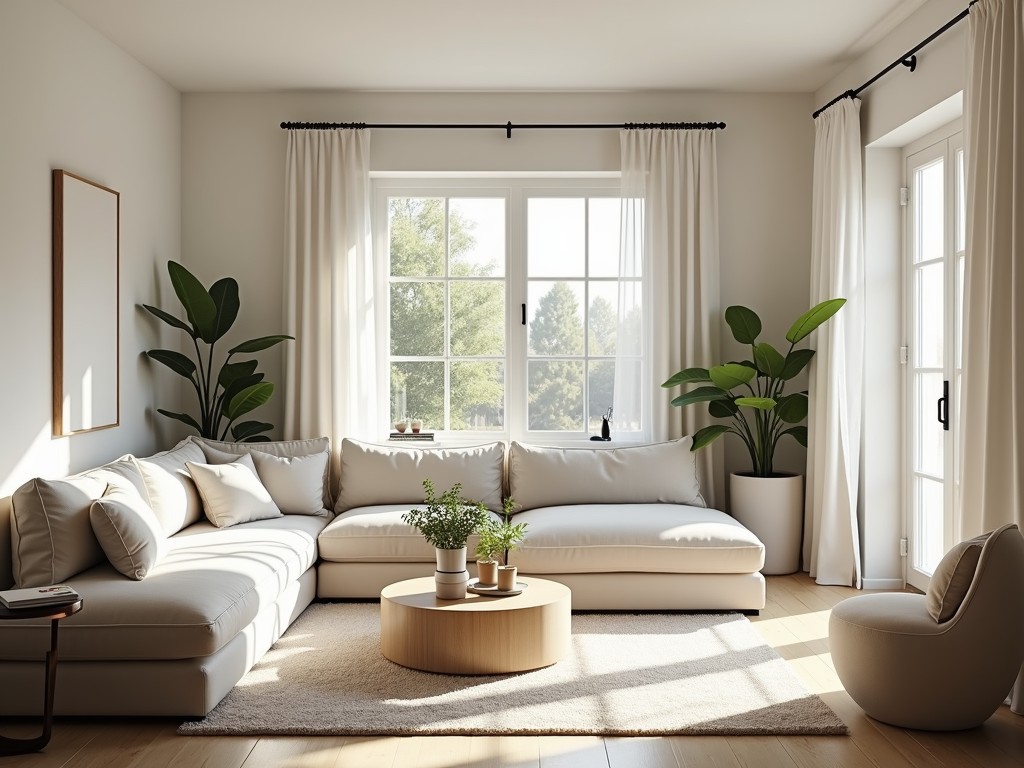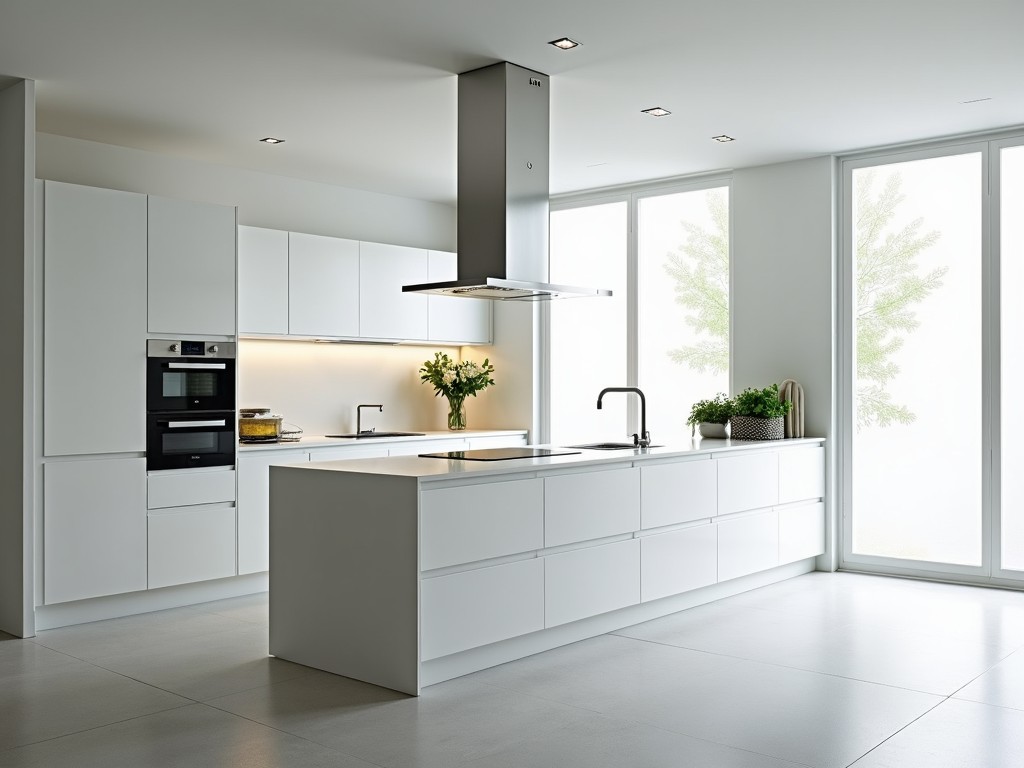Embracing the Elegance of a Minimalismus Haus
Minimalismus, or minimalism, encompasses a way of life that prioritizes clarity, functionality, and simplicity. At the heart of a minimalismus haus is creating a space that serves its purpose without the clutter of unnecessary items.
A minimalismus haus is not just a trend, but a reflection of intentional living. It invites us to consider what truly matters in our lives and homes. Let's journey through the principles of minimalismus and explore how they can transform your living space.

Understanding Minimalismus Haus: The Basics
At the core of minimalism in housing is the principle of 'less is more.' It involves stripping down a space to its essential elements, using only what serves a purpose or brings joy. Here's a breakdown of what defines a minimalismus haus:
- Functional Design: Every element has its function. A chair is used for seating, but it can also serve as an art piece if designed thoughtfully.
- Clean Lines: The architecture favors straight, clean lines that give the house a streamlined look.
- Limited Color Palettes: Neutral and monochromatic tones often dominate, offering a serene and cohesive appearance.
- Open Spaces: Emphasis on open layouts that allow easy movement and a sense of freedom.
This approach in architecture and decoration fosters an environment that reduces stress and enhances our focus on the essentials.
Personal Insight: Living with Less
Adopting minimalismus was initially a challenge for me, being accustomed to a more "stuff-oriented" lifestyle. However, transitioning to a minimalismus haus was liberating. The absence of clutter allowed me to better appreciate the items I truly value.
- Enhanced Focus: With fewer distractions, my productivity improved.
- Emotional Peace: My mind felt uncluttered, mirroring my surroundings.
- Increased Gratitude: Owning less meant appreciating what I have even more.

Key Aspects of Designing a Minimalismus Haus
Designing a minimalismus haus requires more than just removing items. It involves thoughtful curation of what remains. Here are key aspects to consider:
- Purposeful Furniture: Choose pieces that offer multiple functions, such as a sofa bed or nesting tables.
- Natural Light: Maximize windows and use light-colored curtains to let in as much natural light as possible.
- Declutter Regularly: Make it a habit to periodically clear out items that no longer serve you.
- Mindful Decor: Opt for art or decor that has personal significance or enhances the ambiance without overwhelming the space.
- Tech Integration: Use smart home systems to streamline operations and reduce physical clutter caused by gadgets.
A well-designed minimalismus haus can offer comfort and efficiency, synchronizing beauty with usability.
Tips for Maintaining a Minimalismus Haus
- Adopt a "One-in, One-out" Policy: For every new item you bring in, consider removing an existing item.
- Quality Over Quantity: Invest in high-quality items that last longer rather than multiple cheaper items.
- Continual Assessment: Regularly evaluate the necessity and emotional value of belongings.

The Psychological Benefits of a Minimalismus Haus
Living in a minimalismus haus is about more than aesthetics; it has profound psychological benefits:
- Reduced Stress: Clutter-free environments contribute to lower stress levels and increased productivity.
- Enhanced Creativity: With fewer items, your mind finds new ways to use and appreciate space.
- Better Sleep: Minimalistic bedrooms free from distractions support more restful sleep.
Final Thoughts on Minimalismus Haus
Transitioning to a minimalismus haus doesn’t happen overnight. It requires a shift in mindset and lifestyle, but the rewards often outweigh the challenges. By prioritizing the essentials, minimalismus brings order, peace, and beauty to our everyday lives.
Creating a minimalismus haus is an ongoing journey that encourages sustainability, mindfulness, and appreciation of simple living. Whether you’re starting with one room or a whole house, the impact of embracing minimalism can be profoundly transformative.
